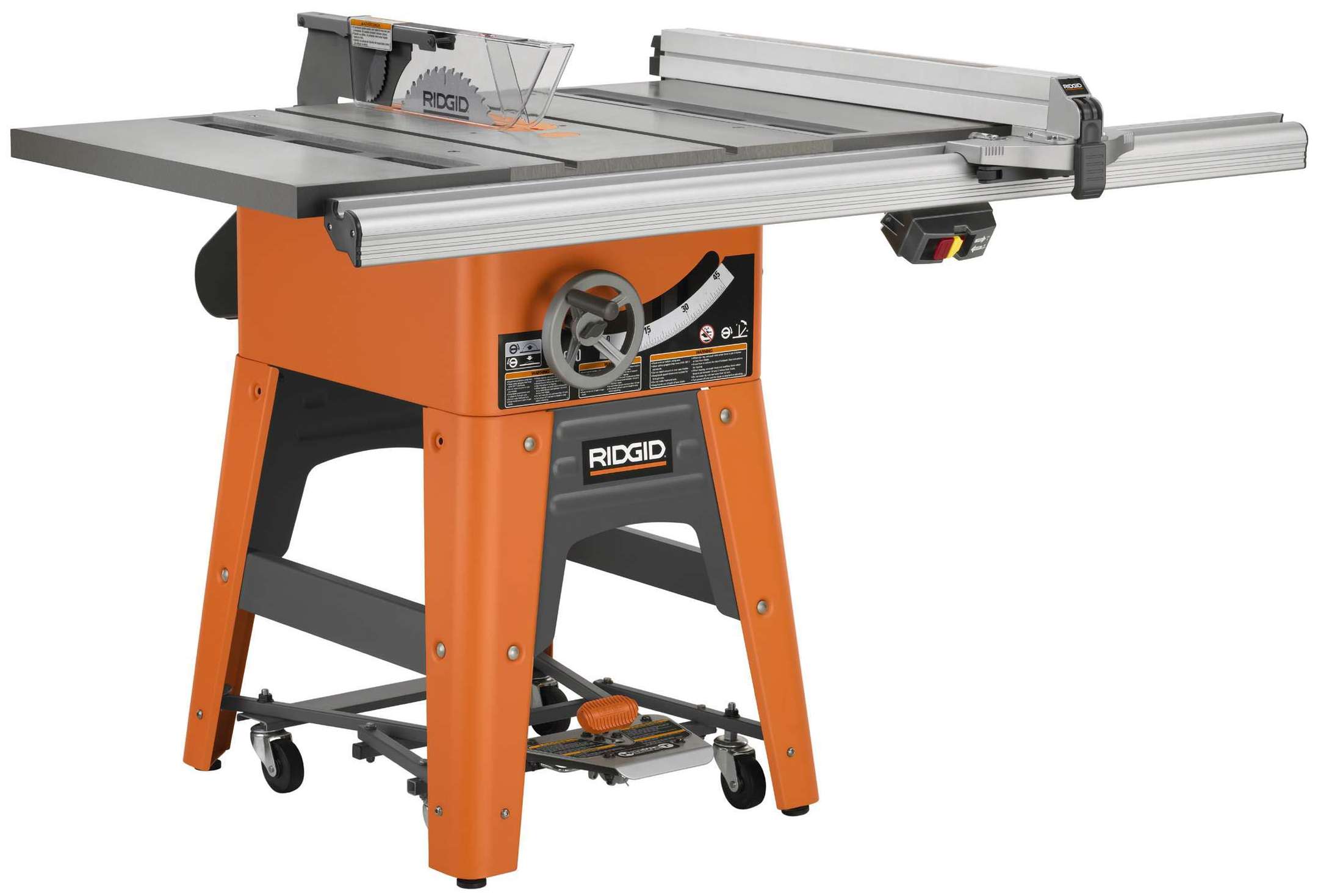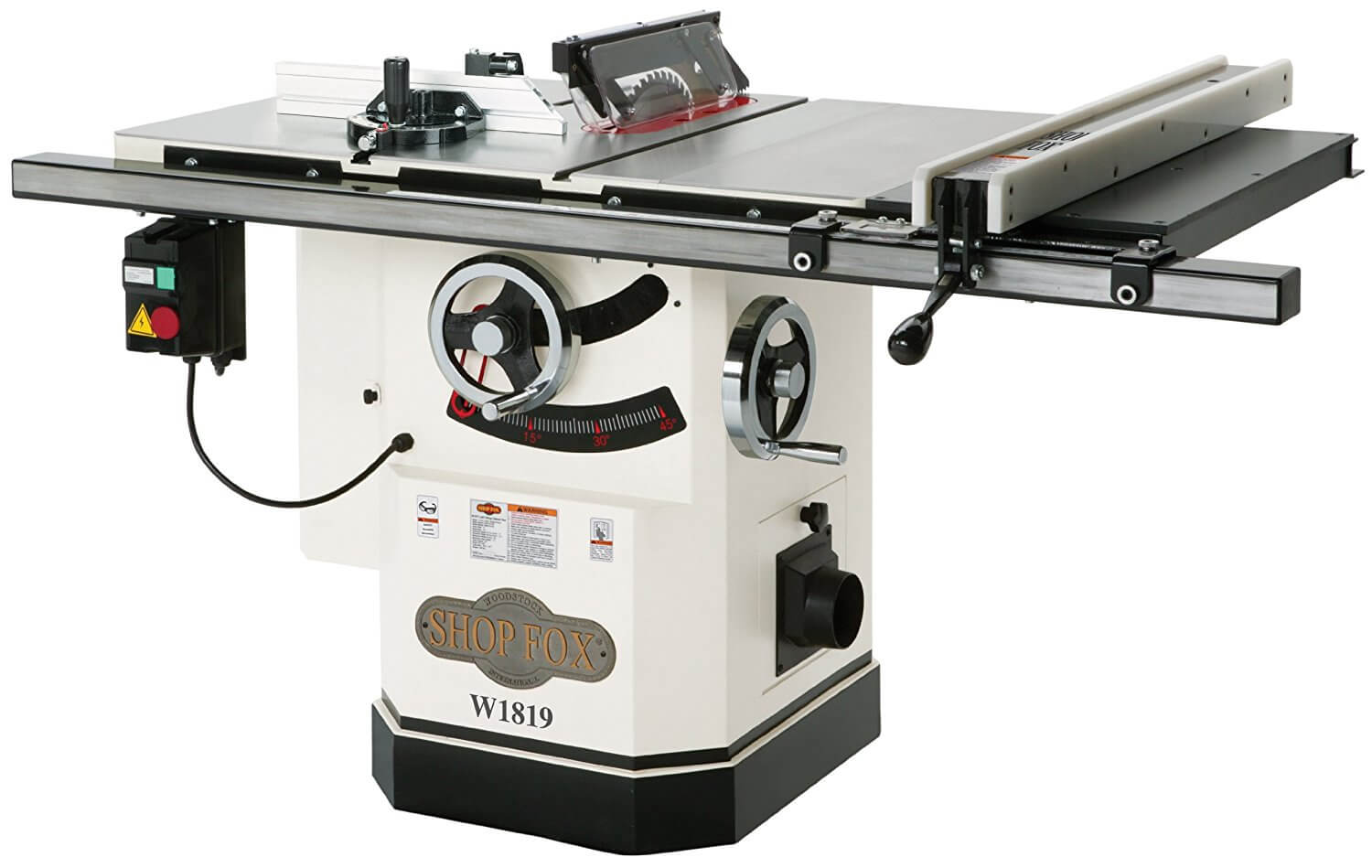Top 5 Cabinet Saw Features for Woodworkers

Choosing a cabinet saw is a serious undertaking, akin to selecting a life partner (but hopefully with fewer tears and alimony payments). The right saw will be your woodworking soulmate, a loyal companion for years to come. The wrong one? Well, let’s just say you’ll be spending a lot of time muttering about its shortcomings. This guide will help you navigate the treacherous waters of cabinet saw selection and emerge victorious, armed with the knowledge to choose the perfect tool.
Essential Cabinet Saw Features
The following table highlights five key features that separate the champions from the also-rans in the world of cabinet saws. These aren’t just bells and whistles; they’re fundamental components that directly impact accuracy, efficiency, and the overall woodworking experience. Think of them as the “must-have” ingredients in your woodworking recipe for success.
| Feature | Benefits | Typical Price Range Impact |
|---|---|---|
| Precise & Rigid Fence System | Ensures accurate cuts, repeatable results, and reduces tear-out. A robust fence system is crucial for everything from ripping boards to making intricate joinery. | Significant impact; higher precision systems increase overall saw cost. |
| Powerful Motor (3+ HP) | Provides ample power for smooth cuts through hardwoods and thick stock. Avoids bogging down, especially when using larger diameter blades. | Higher horsepower motors typically add to the price. |
| Durable Cast Iron Table | Provides a stable cutting platform, minimizes vibration, and contributes to overall accuracy. Cast iron is far superior to stamped steel in terms of stability. | Cast iron construction generally increases the cost compared to lighter materials. |
| Smooth & Accurate Blade Raising Mechanism | Allows for precise blade height adjustment, essential for various cutting depths and joinery techniques. A smooth mechanism prevents blade slippage and improves safety. | More sophisticated mechanisms, such as rack-and-pinion systems, command a higher price. |
| Biesemeyer-Style or Similar High-Precision Fence | Offers superior accuracy and adjustability compared to standard fences. Features like micro-adjustments and positive stops further enhance precision. | These fences are usually a premium feature, adding to the overall cost. |
Fence Precision and Trueness
A perfectly aligned fence is the cornerstone of accurate cuts. Imagine trying to build a house with crooked walls – it wouldn’t be pretty! Similarly, a misaligned fence leads to inaccurate cuts, frustrating rework, and potential waste of expensive materials. To check fence alignment, use a combination square or a precision square to measure the distance between the fence and the blade at various points along the fence’s length. Any significant variation indicates misalignment. Squareness is equally crucial; use a try square to check the 90-degree angle between the fence and the miter slot. Regular checks and adjustments are vital to maintaining accuracy. Failure to do so is akin to driving a car with misaligned wheels – a recipe for disaster!
Motor Types: Induction vs. Capacitor-Start, Best cabinet saws for woodworking
Choosing the right motor is vital for performance and longevity. Here’s a comparison of common types:
- Induction Motors: These are known for their robustness, longevity, and consistent power delivery. They tend to be quieter than capacitor-start motors and require less maintenance. However, they might have slightly slower start-up times.
- Capacitor-Start Motors: These offer a more powerful initial surge of torque, making them suitable for tough cutting tasks. They’re generally less expensive than induction motors but may be slightly noisier and have a shorter lifespan.
Blade Raising Mechanisms
Different mechanisms offer varying degrees of precision and ease of use.
- Handwheel/Rack and Pinion: Offers precise, incremental adjustments. Think of it as the sophisticated, reliable friend you can always count on.
- Lever-Based Systems: Simpler and faster, but may lack the precision of rack-and-pinion systems. A bit like a quick and easy solution, but perhaps not as refined.
- Electric Height Adjustment: Offers convenience but often comes at a higher price. The luxury car of blade adjustment systems.
Cabinet Saw Brands: Best Cabinet Saws For Woodworking

Choosing a cabinet saw is a big decision – it’s a significant investment that will hopefully last you for years, possibly decades, of woodworking adventures. Think of it as choosing a trusty steed for your woodworking quests, a powerful engine for your creative endeavors. The right saw can make all the difference, transforming frustrating projects into satisfying triumphs. The wrong one? Well, let’s just say it might lead to more frustration than a tangled ball of fishing line.
| Brand | Strengths | Weaknesses |
|---|---|---|
| Grizzly | Excellent value for the price; robust build quality for their price point; wide range of models to choose from. | Some models may require more assembly; customer service can sometimes be inconsistent; features might not be as refined as higher-end brands. |
| Powermatic | Exceptional build quality; renowned for precision and accuracy; powerful motors and smooth operation; long-lasting reputation for reliability. | Significantly higher price point; fewer model variations; can be overkill for casual hobbyists. |
| SawStop | Industry-leading safety features (brake system); generally excellent build quality; smooth operation; renowned for precision. | Highest price point among the three; the safety system adds to the cost and complexity; some find the brake system slightly slower than other saws. |
Arbor Size and its Impact on Blade Selection and Cutting Capacity
The arbor size (the shaft that holds the saw blade) is a crucial specification. It directly dictates the size and type of blades you can use. A larger arbor generally means greater cutting capacity and the ability to use larger, heavier blades for more demanding tasks.
For example, a 5/8″ arbor is common in many contractor saws and can handle most woodworking tasks, while a 1″ arbor, often found in higher-end cabinet saws, allows for larger diameter blades and greater cutting depth. Using the wrong size blade on the wrong arbor is a recipe for disaster – a wobbly blade, poor cuts, and potentially dangerous situations.
Key Factors for Cabinet Saw Selection
Choosing a cabinet saw involves balancing your budget, project needs, and desired features. Here are three key factors to consider:
Best cabinet saws for woodworking – Budget is, of course, a major constraint. Let’s be honest, woodworking can be an expensive hobby! Consider how often you plan to use the saw and the types of projects you’ll undertake. A less expensive saw might suffice for occasional use, while a professional-grade saw is justified for frequent and demanding projects.
- Budget: Consider the long-term cost. A higher initial investment in a quality saw often translates to lower maintenance costs and longer lifespan.
- Features: Prioritize features relevant to your woodworking style. Do you need a riving knife? A powerful motor? A precise fence system? The answers will vary widely.
- Build Quality: A well-built saw will be more accurate, durable, and safer. Look for robust construction, precision-machined components, and a solid cast-iron table.
Cabinet Saw Features for a Kitchen Cabinet Project
Let’s say you’re building kitchen cabinets – a project requiring precision, accuracy, and the ability to handle various cuts. For this project, several features would be highly beneficial:
For a kitchen cabinet project, you’ll need the ability to make precise crosscuts, rip cuts, and dadoes. A cabinet saw with a sturdy fence, accurate miter gauge, and dado stack would be invaluable. The ability to handle larger sheets of plywood is also essential for making cabinet sides and shelves.
- Accurate fence system: Essential for precise rip cuts, critical for cabinet components.
- Dado stack: Allows for creating precisely sized grooves for shelves and other joinery.
- Powerful motor: Needed to smoothly cut through thicker materials like plywood and hardwood.
Maintenance and Safety Procedures for Cabinet Saws

Keeping your cabinet saw in tip-top shape isn’t just about extending its lifespan; it’s about ensuring your safety and the quality of your woodworking projects. A well-maintained saw is a happy saw, and a happy saw is less likely to turn your carefully crafted masterpiece into kindling. Let’s delve into the essential maintenance and safety procedures.
Cabinet Saw Maintenance Procedures
Proper maintenance is crucial for preventing accidents and ensuring the longevity of your cabinet saw. Neglecting these steps can lead to inaccurate cuts, increased wear and tear, and even serious injury. Follow these steps regularly for optimal performance and safety.
- Blade Changes: Before changing blades, always unplug the saw and lock out the power source. Use a blade wrench specifically designed for your saw to remove the old blade, ensuring you’re gripping it firmly and preventing accidental slippage. When installing the new blade, make sure it’s securely tightened and the teeth are facing the correct direction (usually indicated by an arrow on the blade). Remember to always wear appropriate safety glasses and gloves during this process.
- Lubrication: Regular lubrication is key to preventing excessive wear and tear on moving parts. Consult your saw’s manual for specific lubrication points and the recommended type of lubricant. Typically, this involves applying a few drops of high-quality machine oil to the arbor bearings and other moving components. Avoid over-lubrication, as excess oil can attract dust and debris.
- Dust Collection: Cabinet saws generate a significant amount of sawdust, which can clog the motor, damage bearings, and create a fire hazard. Ensure your dust collection system is properly connected and functioning effectively. Regularly check and clean the dust collection ports and bags to prevent build-up. Consider using a shop vacuum as a supplemental dust collection method.
Safe Blade Height and Angle Adjustment
Adjusting the blade height and angle might seem simple, but improper techniques can lead to serious injury. Always prioritize safety when making these adjustments.
- Always unplug the saw and lock out the power source before making any adjustments. This is the single most important safety precaution.
- Use the appropriate adjustment knobs or levers. Avoid forcing any adjustments; if something feels stuck, investigate the cause before proceeding.
- Double-check the blade height and angle before starting any cut. Ensure the settings are correct to avoid inaccurate cuts or kickback.
- Never reach over or around the blade while it’s moving or even powered down. This is a surefire recipe for disaster.
Common Cabinet Saw Mistakes and Solutions
Even experienced woodworkers can fall prey to common mistakes. Learning from these errors can prevent injuries and improve your woodworking skills.
| Mistake | Solution |
|---|---|
| Failing to use a push stick or featherboard when ripping narrow pieces. | Always use a push stick or featherboard to maintain control and prevent kickback, especially when working with smaller pieces. |
| Ignoring blade sharpness. | A dull blade requires more force to cut, increasing the risk of kickback and binding. Sharpen or replace blades regularly. |
| Failing to clear the table of scraps and debris before each cut. | A clean work surface is a safe work surface. Clear away all debris before each cut to prevent kickback and ensure smooth operation. |
